Privacy
Protecting your business from privacy risks has never been more relevant. With TinBOX MSP, you can ensure your organization stays secure and compliant while safeguarding sensitive data against evolving threats. Our managed services offer a comprehensive approach to privacy risk management, providing proactive monitoring, secure data storage, and customized security solutions. TinBOX MSP delivers peace of mind by continuously assessing and addressing potential vulnerabilities, so you can focus on confidently growing your business. Trust TinBOX to handle your privacy concerns, and let us provide the security your company deserves.
Governance and Leadership
- Privacy Officer/Team: A designated privacy officer or team to oversee the program’s implementation, ensuring compliance, and setting privacy policies.
- Roles and Responsibilities: Clear delineation of roles for managing privacy risks, both at the leadership and operational levels.
Data Inventory and Mapping
- Data Inventory: Identifying what types of personal data the organization collects, processes, stores, or shares.
- Data Mapping: Understanding where data resides, how it moves across systems, and who has access to it, ensuring proper control and visibility.
Privacy Policies and Procedures
- Privacy Policy: Clear, accessible privacy statements or policies outlining data collection, use, sharing, and protection practices.
- Standard Operating Procedures (SOPs): Defined procedures for handling data subject rights (e.g., access requests, corrections, deletions) and data protection protocols.
Risk Management
- Privacy Risk Assessment: Regular assessments to identify potential privacy risks and vulnerabilities to data security and compliance.
- Mitigation Strategies: Implementing safeguards to reduce risks, such as encryption, access controls, or third-party audits.
Compliance with Regulations
- Legal and Regulatory Compliance: Ensuring adherence to privacy laws (e.g., GDPR, CCPA, HIPAA) and industry standards (e.g., ISO 27001).
- Data Protection Impact Assessments (DPIAs): Conducting DPIAs for new projects or data processing activities that may impact privacy.
Data Protection Measures
- Data Minimization: Collecting only the minimum necessary data for specified purposes.
- Security Measures: Implementing strong data protection protocols, including encryption, access control, and secure data storage.
- Incident Response: A clear, documented plan for responding to data breaches or privacy incidents, including notification procedures.
Training and Awareness
- Employee Training: Ongoing training programs to educate employees about privacy policies, security practices, and legal responsibilities.
- Awareness Campaigns: Promoting privacy awareness within the organization to foster a culture of data protection.
Data Subject Rights Management
- Requests Handling: Systems for handling requests from individuals (e.g., access, correction, deletion) as required by laws like GDPR.
- Opt-in/Opt-out Processes: Clear processes for obtaining and managing consent for data collection and processing activities.
Third-Party Management
- Vendor Risk Management: Assessing the privacy practices of third-party vendors, ensuring they comply with privacy requirements.
- Contracts and Agreements: Establishing clear data protection terms in contracts with third parties to safeguard data.
Monitoring and Auditing
- Ongoing Monitoring: Continuous monitoring of data processing activities to ensure compliance with privacy policies and identify potential risks.
- Audits and Reviews: Regular audits and reviews to evaluate the effectiveness of the privacy program and make necessary improvements.
